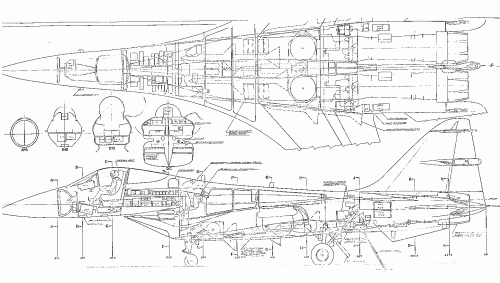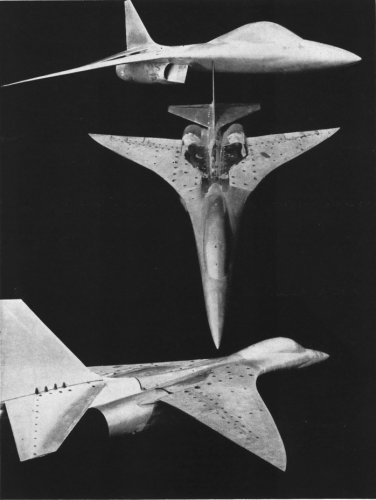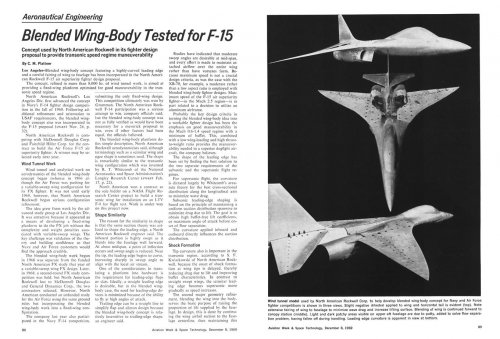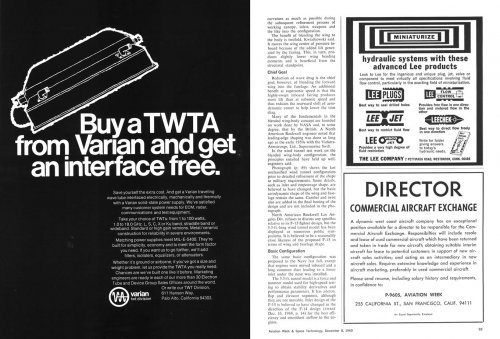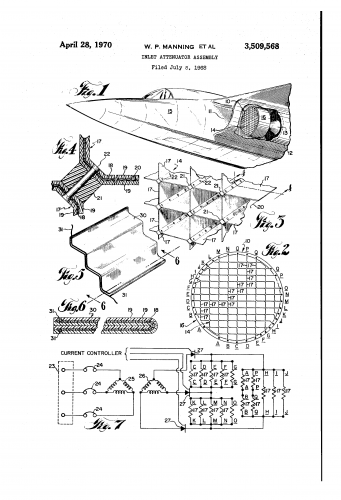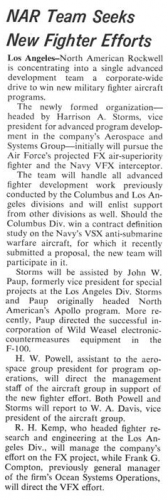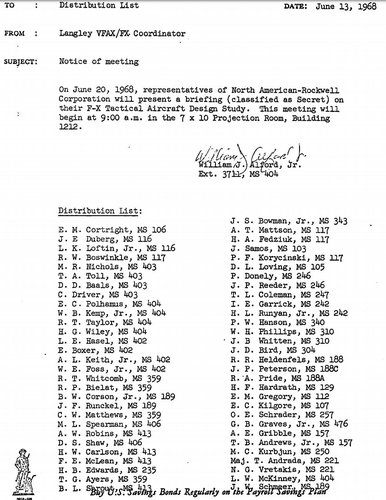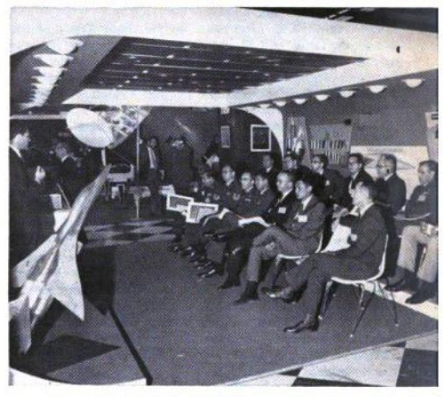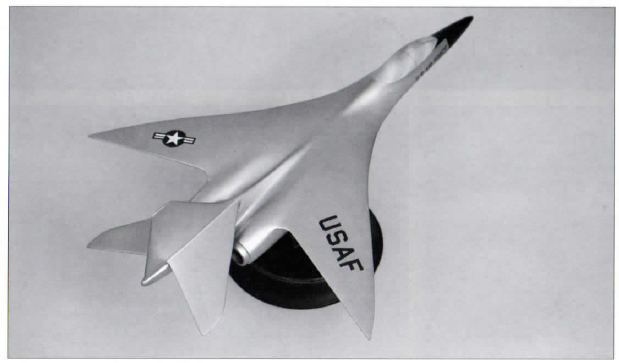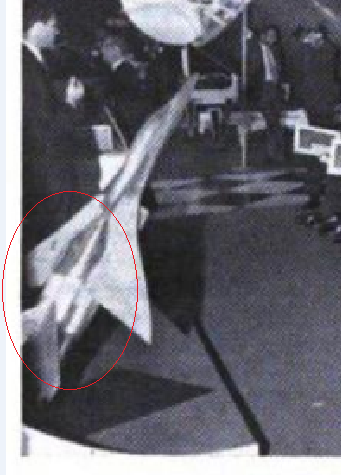NAR Team Seeks New Fighter Efforts
Los Angeles—North American Rockwell is concentrating into a single advanced development team a_ corporate-wide drive to win new military fighter aircraft programs.
The newly formed organization— headed by Harrison A. Storms, vice president for advanced program development in the company’s Aerospace and Systems Group—initially will pursue the Air Force’s projected FX air-superiority fighter and the Navy VFX interceptor. The team will handle all advanced fighter development work previously conducted by the Columbus and Los Angeles divisions and will enlist support from other divisions as well. Should the Columbus Div. win a contract definition study on the Navy’s VSX anti-submarine warfare aircraft, for which it recently submitted a proposal, the new team will participate in it.
Storms will be assisted by John W. Paup, formerly vice president for special projects at the Los Angeles Div. Storms and Paup originally headed North American’s Apollo program. More recently, Paup directed the successful incorporation of Wild Weasel electronic countermeasures equipment in the F-100., H. W. Powell, assistant to the aerospace group president for program operations, will direct the management staff of the aircraft group in support of the new fighter effort. Both Powell and Storms will report to W. A. Davis, vice president of the aircraft group.
R. H. Kemp, who headed fighter research and engineering at the Los Angeles Div., will manage the company’s effort on the FX project, while Frank G. Compton, previously general manager of the firm’s Ocean Systems Operations, will direct the VFX effort.


